Why Adhesives Technology for EV Batteries Matters More Than Ever
Discover how adhesives and sealants contribute to EV battery pack structural integrity, thermal management, and sustainability. Plus, see what qualities support manufacturing processes.
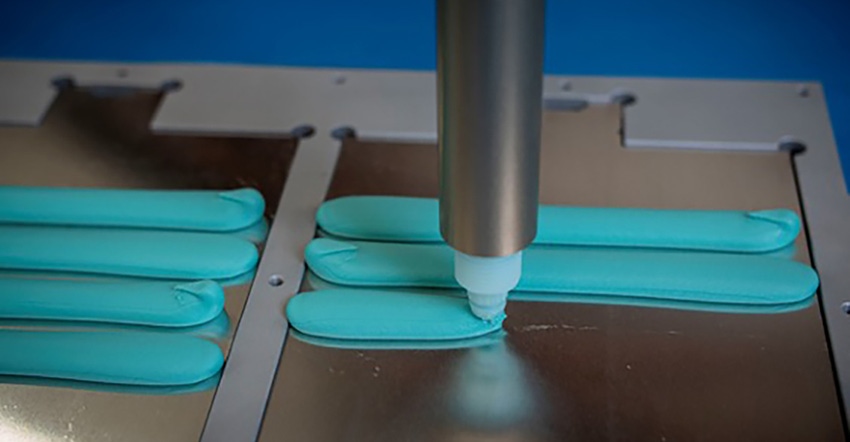
As the automotive market accelerates the transition to EVs, material science plays a significant part in innovative solutions for battery design. Specifically, adhesives and sealants have a critical role in EV battery durability, performance, and manufacturing. Understanding how these solutions work will help automotive designers innovate and meet the demand for EVs, which is expected to be more than 50% of global car sales by 2028.
Adhesives improve safety and driver experience
The ideal adhesives for EV battery assembly applications provide a balance between stiffness and toughness to give enough strength to allow the battery pack to be part of the vehicle’s crash structure.
In recent years, EV battery design has benefited from developments in adhesive technology, providing design flexibility through multi-material bonding capability. Some of the most advanced solutions on the market bond to electro-coated steel and aluminum, composites, and lightweight thermoplastic substrates and enhance crash durability over the projected 15 years of vehicle life.
In addition to safety, improved structural stiffness helps create a better driver and passenger experience. The continuous adhesive bond line reduces structure-borne vibration, translating to a quieter ride that complements the improved handling of the lower center of gravity from the floor-mounted battery.
These safety and performance features are delivered with adhesive technologies that are valuable for all battery designs, including cell-module-pack (CMP), cell-to-pack (CTP), and cell-to-chassis (CTC).
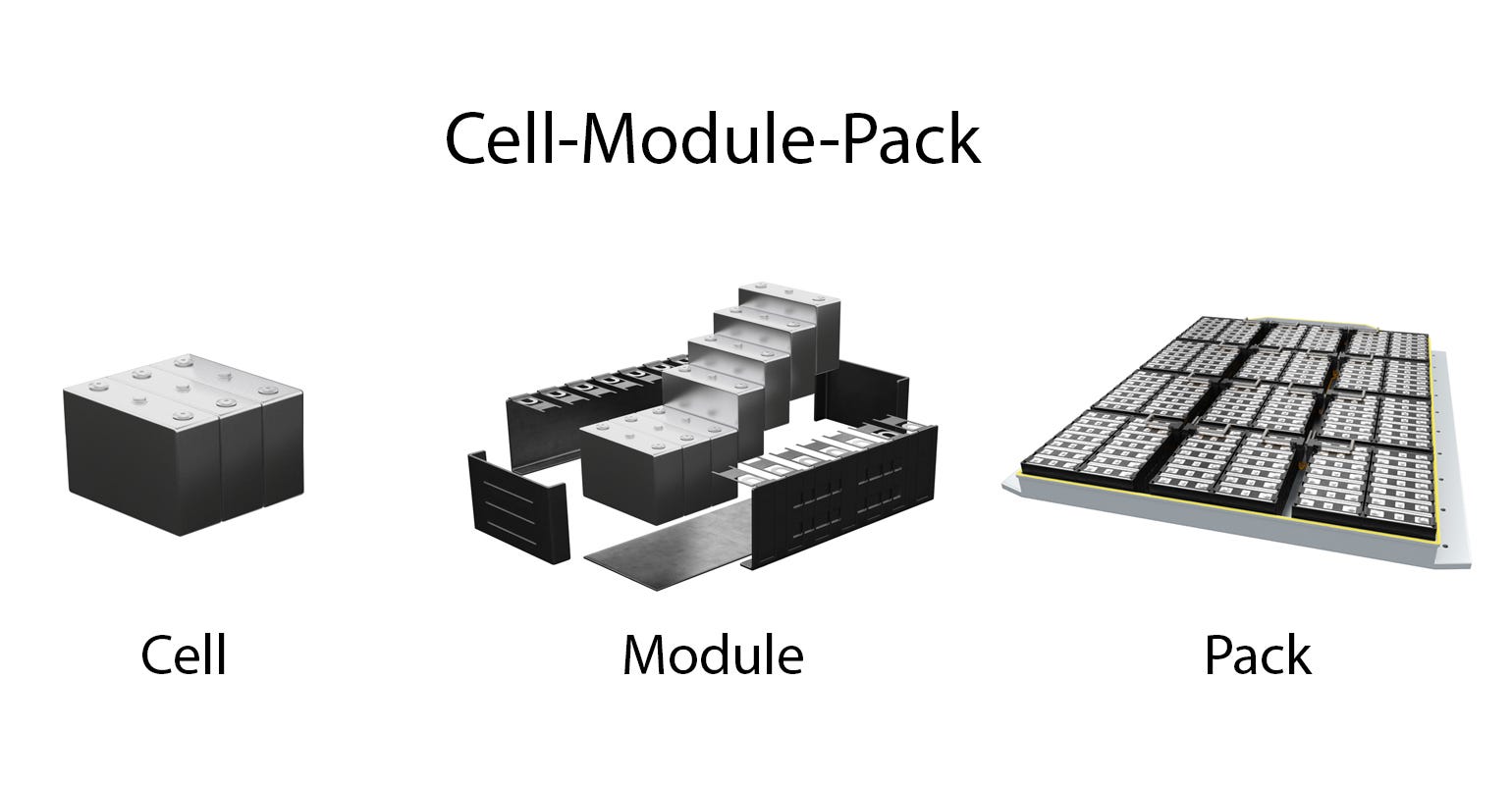
Battery cells are clustered together and mated with thermal interface materials to create modules. Thermal interface materials are used to transfer heat from the modules to the cooling plate. Structural adhesives are used between cells and between cells and the module housing to increase pack structural performance and durability. Courtesy of Dupont.
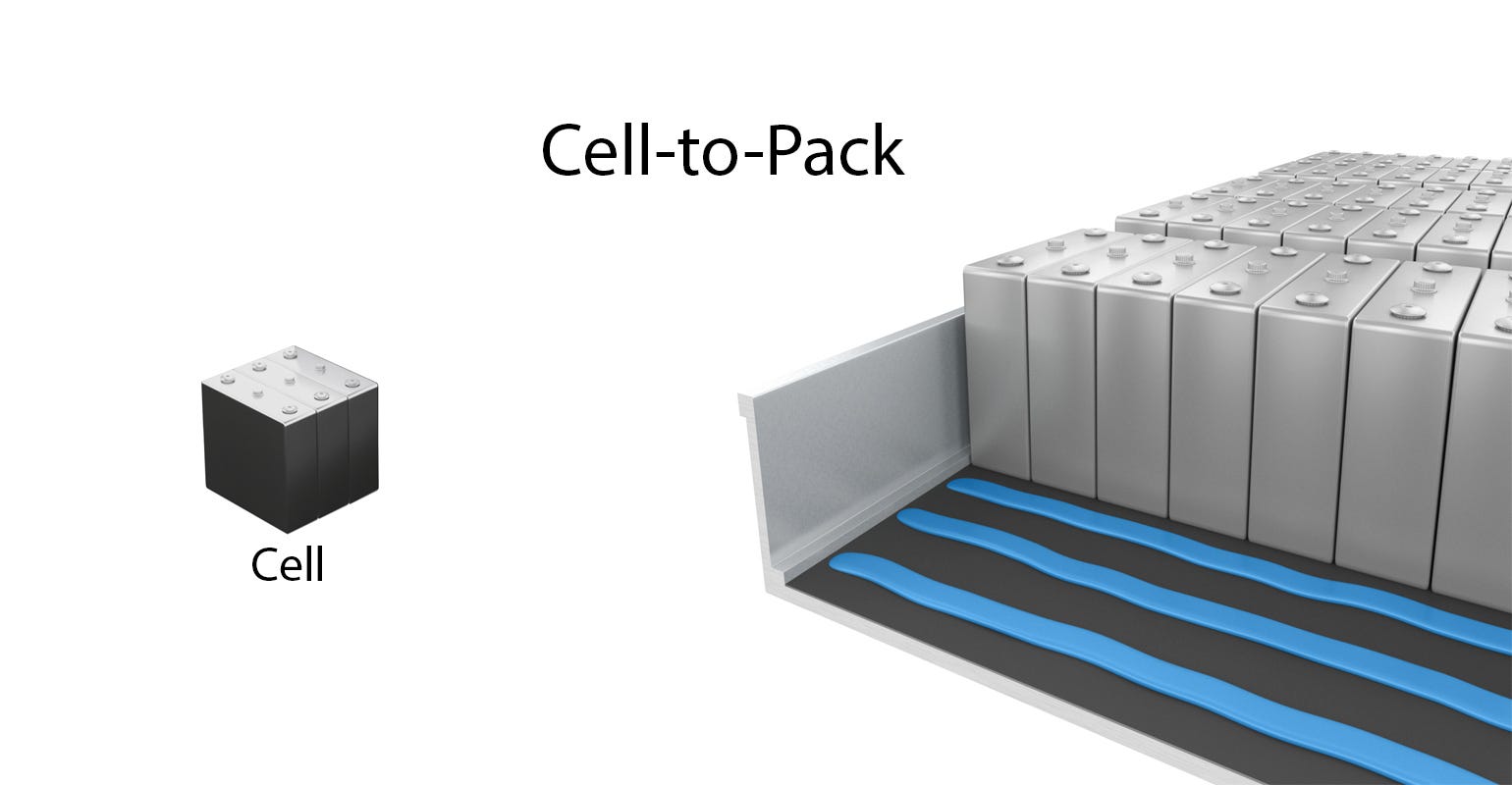
Battery cells are bonded directly to the cooling plate with thermal conductive adhesive. This design simplifies assembly, provides higher energy density, and increases the stiffness of the pack. Courtesy of Dupont.
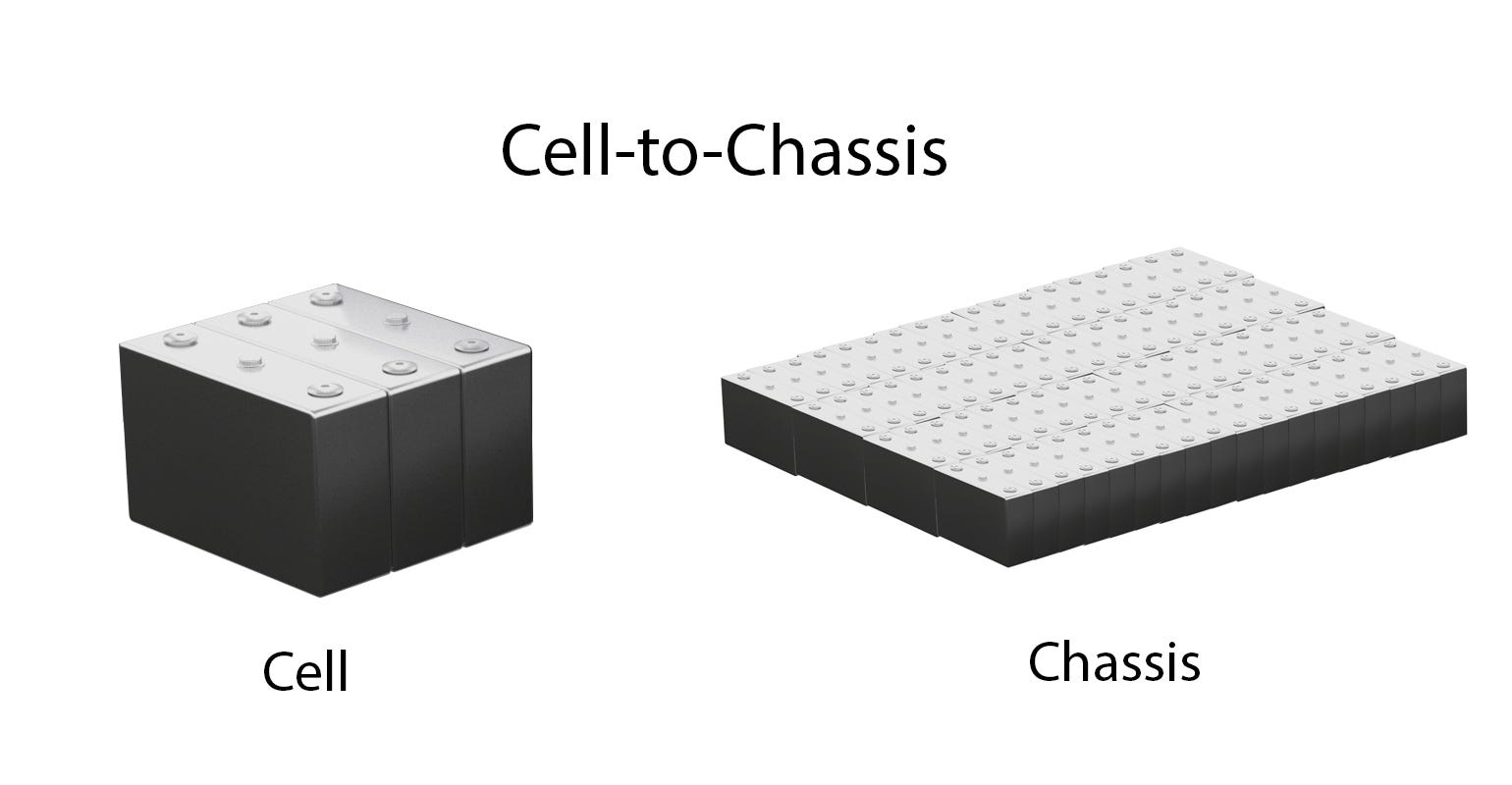
Battery cells are bonded directly to the vehicle with thermal conductive adhesive, allowing the cells to add some structural capability to the vehicle. Advantages of this design are reduction of the number of parts, weight, and cost, as well as increased stiffness of the vehicle. Courtesy of Dupont.
Thermal management is crucial to battery safety
OEMs must balance EV battery safety, durability, and recyclability with consumers’ desire for fast charging and maximum driving range. Without proper thermal management, EV batteries are at risk of thermal runaway and fire. Thermal management for battery modules is essential to safety and long service life.
The optimum temperature window for battery components is 25°C during operation and below 60°C while charging. Temperatures that are too low reduce charging and discharging efficiency. Temperatures that are too high can reduce battery life, destroy battery cells, or result in fire. Thermally conductive adhesives, sealants, and gap fillers are critical in EV battery thermal management and safety.
Battery cell, module, and pack designers should be aware that traditional silicone-based thermal gap fillers may cause contamination that can result in contact failure. Using silicone-free thermal interface materials eliminates this risk and solves battery pack thermal management issues by maintaining the optimum temperature window.
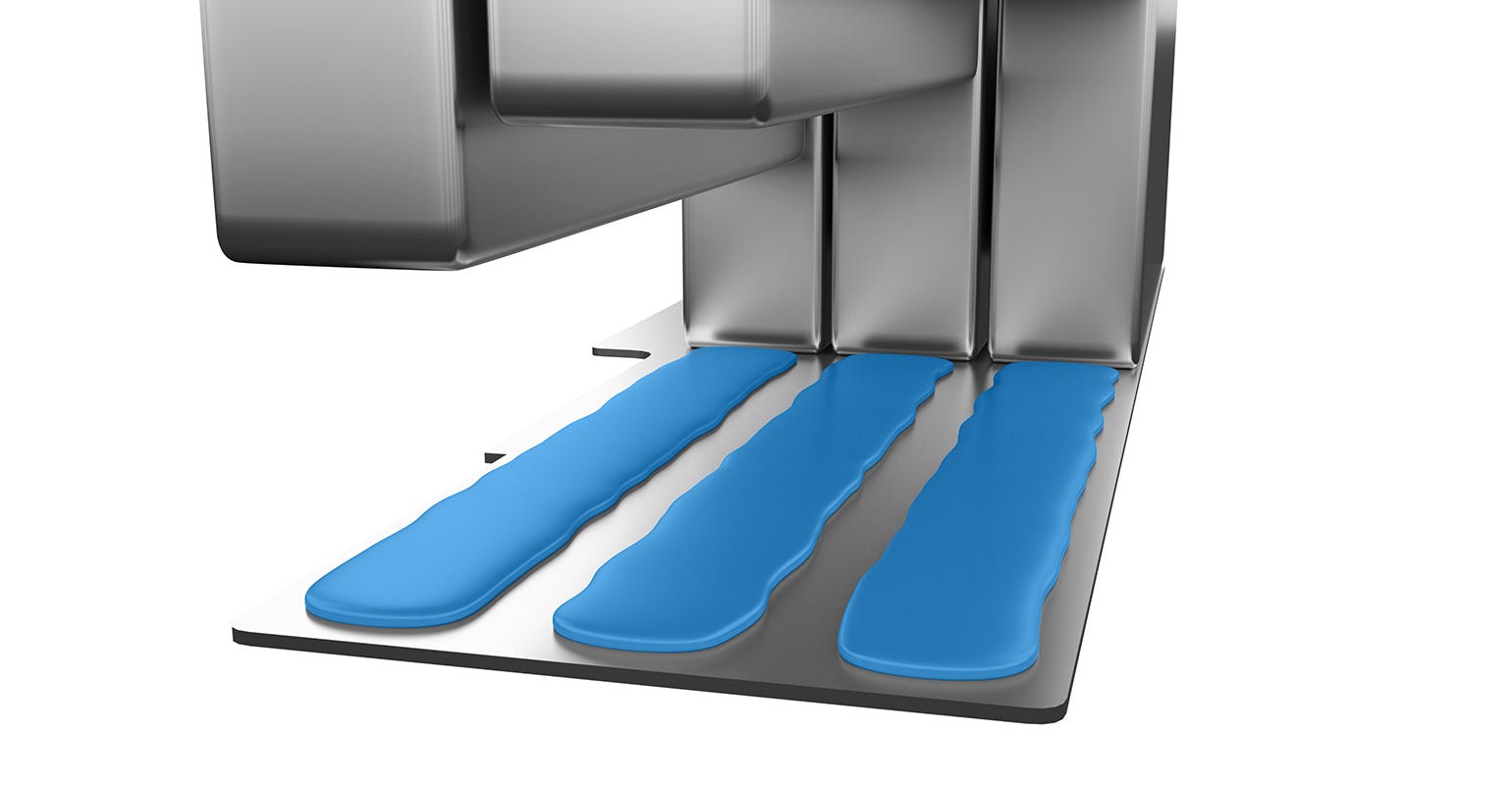
Thermal interface materials connect battery cells to the cooling plate and help EV batteries operate in the optimum temperature window of 25°C to 60°C for safe operation and enhanced performance. Courtesy of Dupont.
Some adhesives for battery assembly serve a multifunctional role, providing structural joining, thermal management, and support for dielectric isolation. Adhesives in this class offer thermal management and medium strength that supports the stiffness and mechanical performance of the battery pack. They’re used for cell-to-pack, module-to-pack, and large cell-stack designs.
Adhesive technology makes EV batteries more sustainable
OEMs increasingly require suppliers to work toward achieving sustainability goals. Advanced adhesives and sealants like those from DuPont can help advance sustainability.
An essential contribution of adhesives to EV battery design is that they allow for greater simplicity. For example, adhesives help reduce or eliminate mechanical fasteners, reducing battery complexity. Some formulations eliminate the need for primer, reducing the materials needed in production and VOCs associated with primer use.
Newly developed adhesives that cure at lower temperatures help automotive OEMs achieve significant energy savings. For example, DuPont recently introduced a new broad bake adhesive technology that allows curing at temperatures 20°C lower than typical processes, resulting in significant energy savings for OEMs.
.jpg?width=NaN&auto=webp&quality=80&disable=upscale)
DuPont’s new, R&D 100 award-winning broad bake adhesive technology allows curing temperatures to be reduced 20°C from current standards (160°C) to reduce energy use without impacting adhesive quality and durability. Courtesy of Dupont.
Serviceability, long-term reliability, reuse, and recycling all play a role in meeting sustainability goals. For vehicle longevity, OEMs need sealants for battery pack assembly that are both durable and serviceable. Today’s sealants are reliable for the life of a vehicle—typically 15 years. The most advanced formulations are designed for serviceability by allowing seals that can be easily cut through to gain access and re-sealed after repair. The combination of durability and serviceability will enable vehicles to stay on the road as long as possible. Plus, sealants that allow simple disassembly at the battery's end-of-life foster the reuse and recycling of EV battery components.
Qualities to look for in adhesives and sealants for battery assembly
In addition to performance, EV battery designers know that adhesives and sealants must work well in high-volume production. An application must be efficient and allow for a repeatable process.
Specific manufacturing qualities to look for in adhesives, sealants, and thermal interface materials include:
Non-abrasive formulation to avoid equipment wear
Compatibility with fast dispensing
Low press-in force for fast joining
Low pullout force for repairability
Good contact/no gaps between battery cells and cooling plate for retention of thermal conductivity
No physical changes over aging
No sagging in vertical aging tests
Long working time of 30 minutes or more
The proof of an adhesive’s performance is in the testing. When DuPont develops EV battery solutions, we conduct multiple in-house tests in six classes at our regional Centers of Excellence:
Thermal Testing to measure through plane thermal conductivity according to ASTM D5470-12
Electrical testing of dielectric strength and volume resistivity
Mechanical testing—press-in and pullout tests, lap shear, and other mechanical testing
Application testing to evaluate how adhesives perform during automated application
Dynamic and Static Fast Aging—includes vibration tests and climate exposures of small and large samples
Module-scale testing using dummy modules engineered to measure thermal conductivity before and after exposure
Designers and OEMs who keep pace with available materials will be better poised to capture a greater share of the growing EV market. Adhesive and sealant choices for EV batteries matter now more than ever for structural integrity, thermal management, manufacturing efficiency, and sustainability.
About the Author(s)
You May Also Like
.jpg?width=100&auto=webp&quality=80&disable=upscale)
.jpg?width=100&auto=webp&quality=80&disable=upscale)
.jpg?width=400&auto=webp&quality=80&disable=upscale)
.jpg?width=400&auto=webp&quality=80&disable=upscale)



